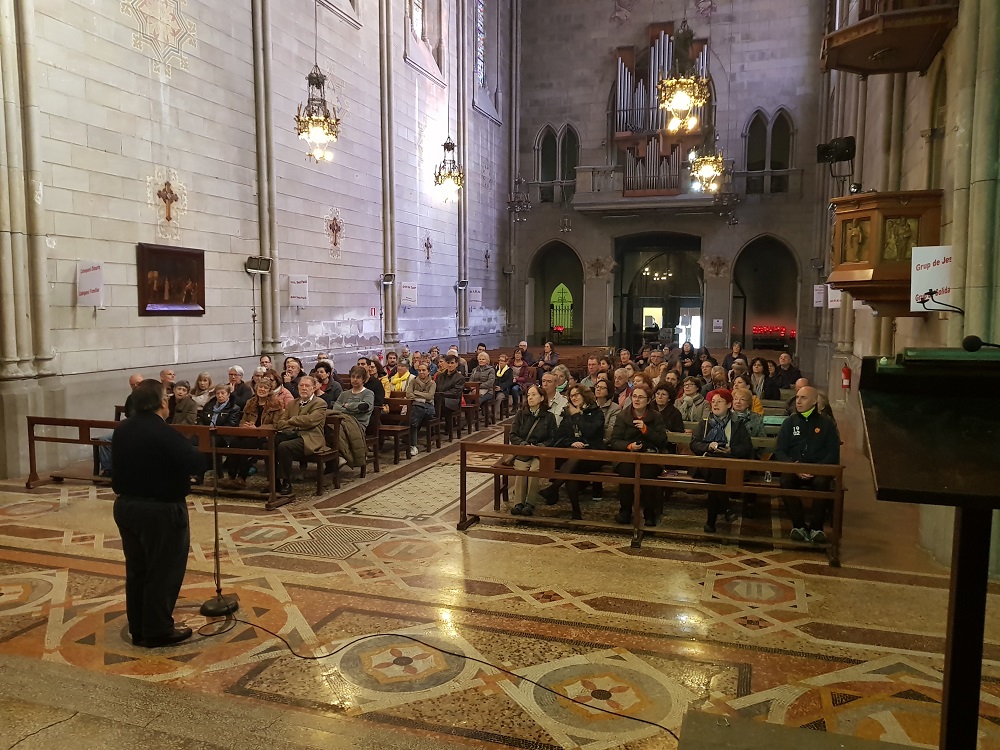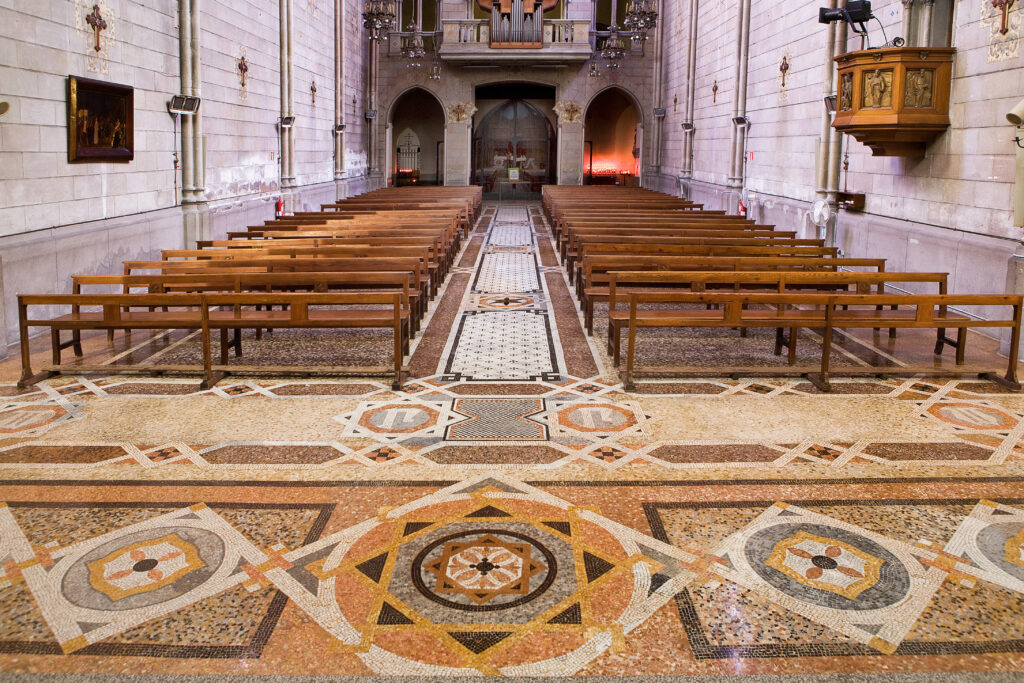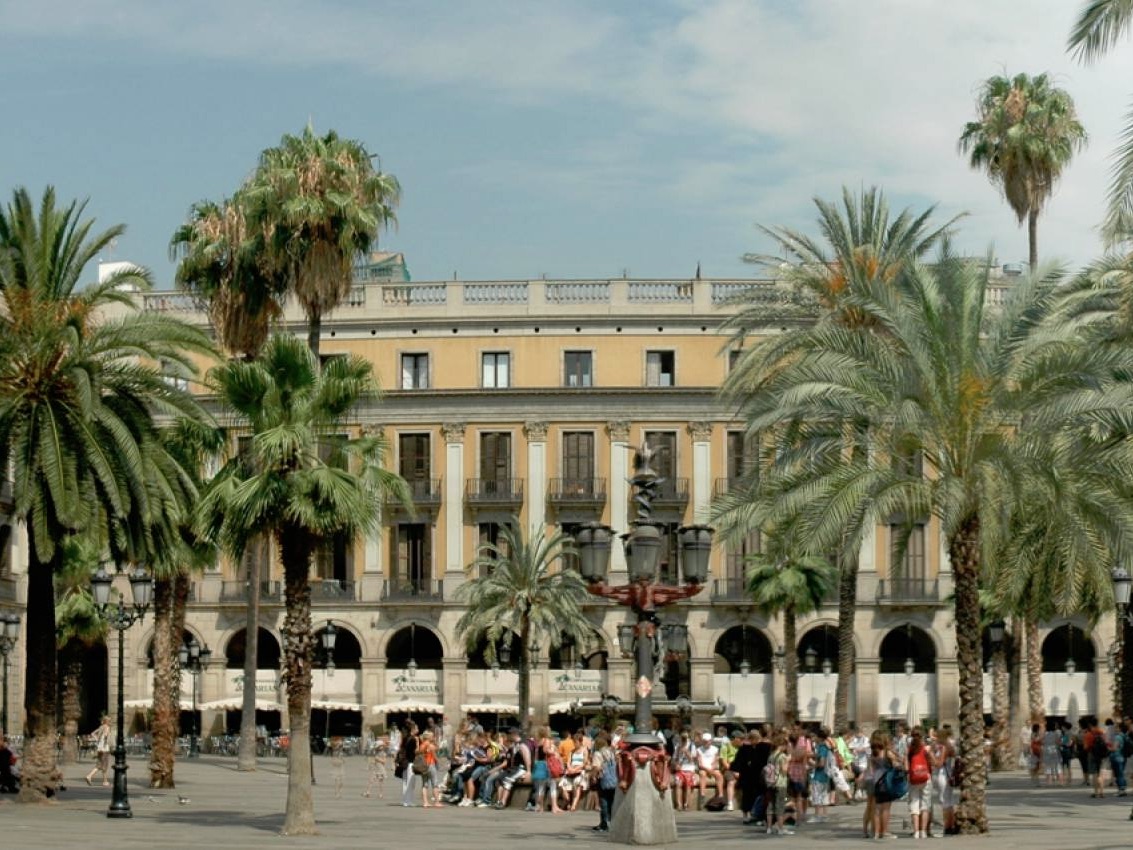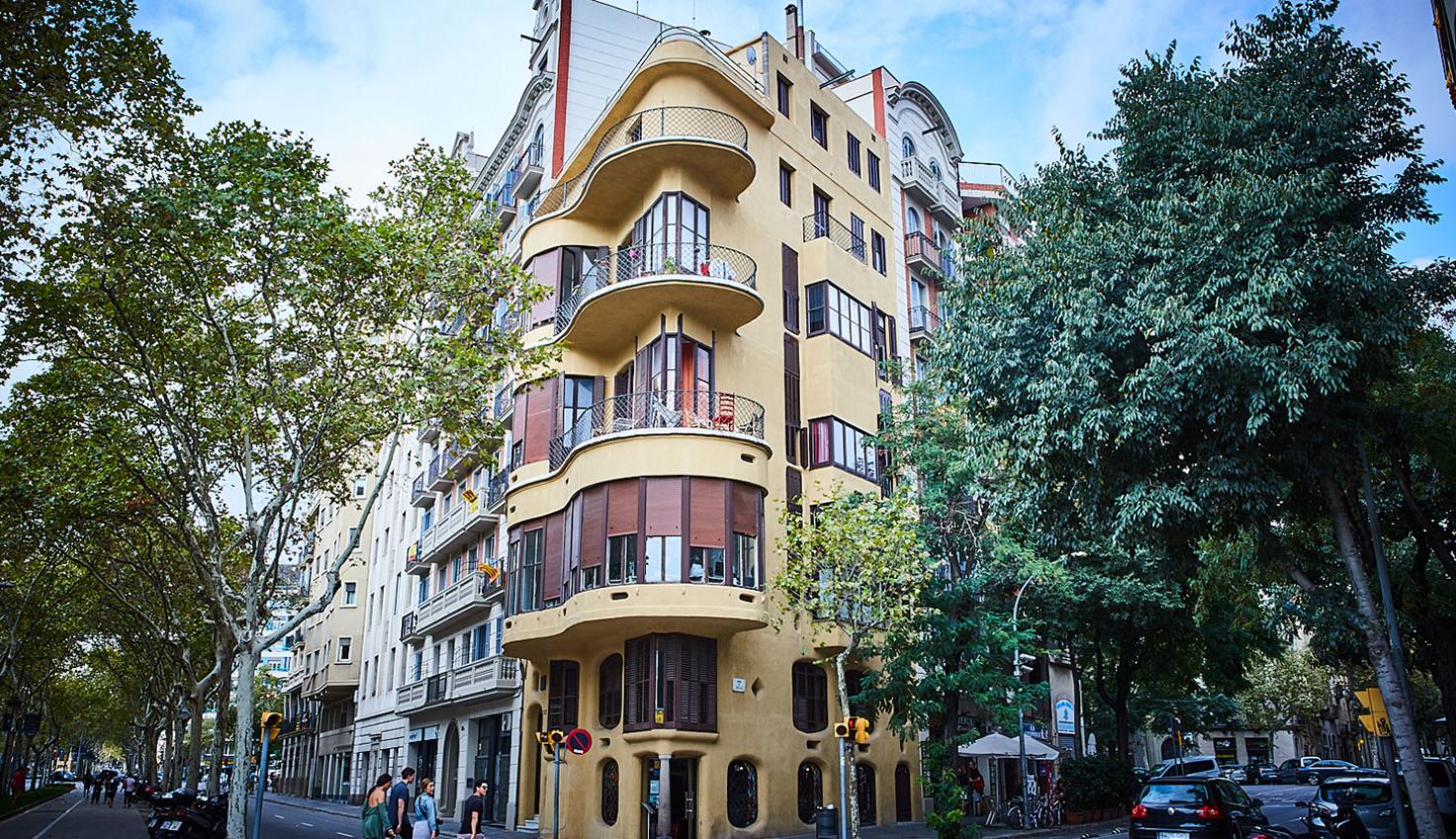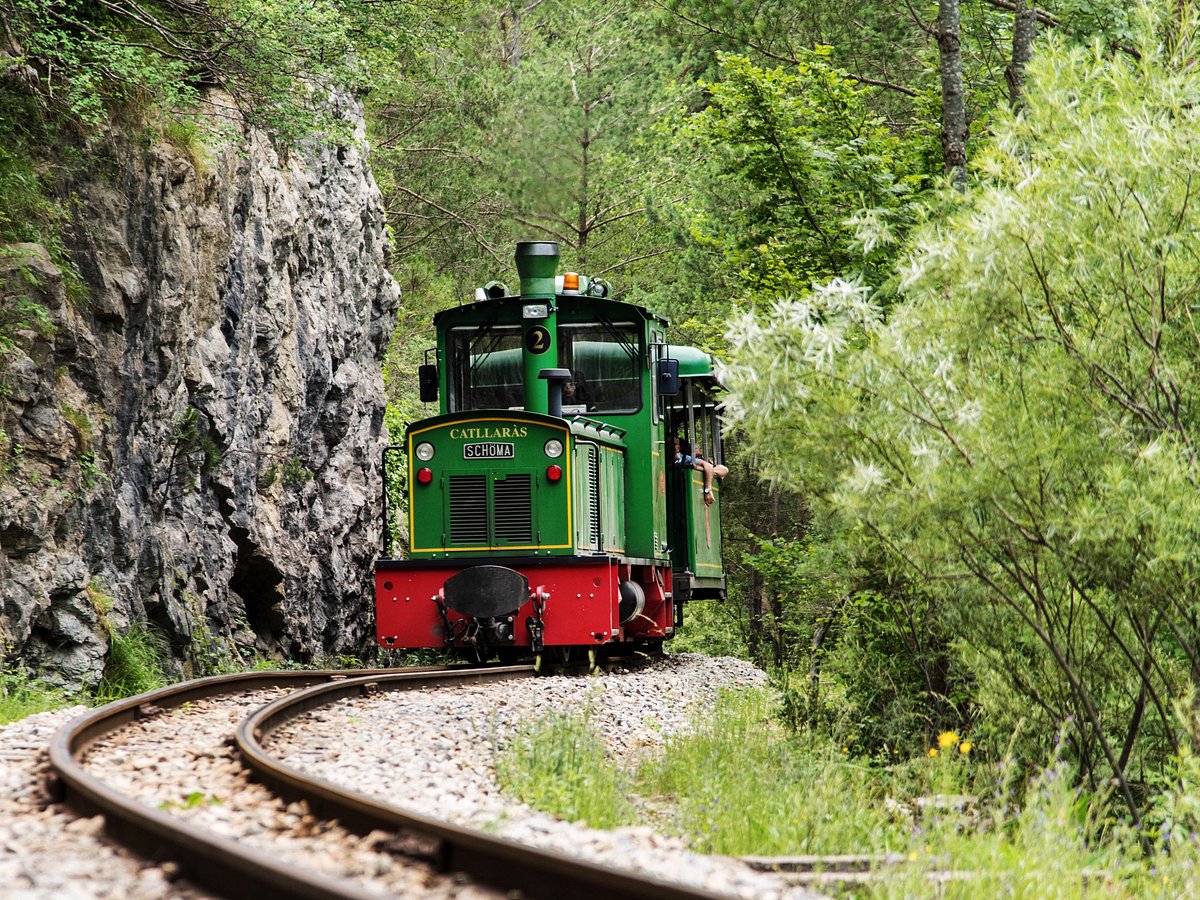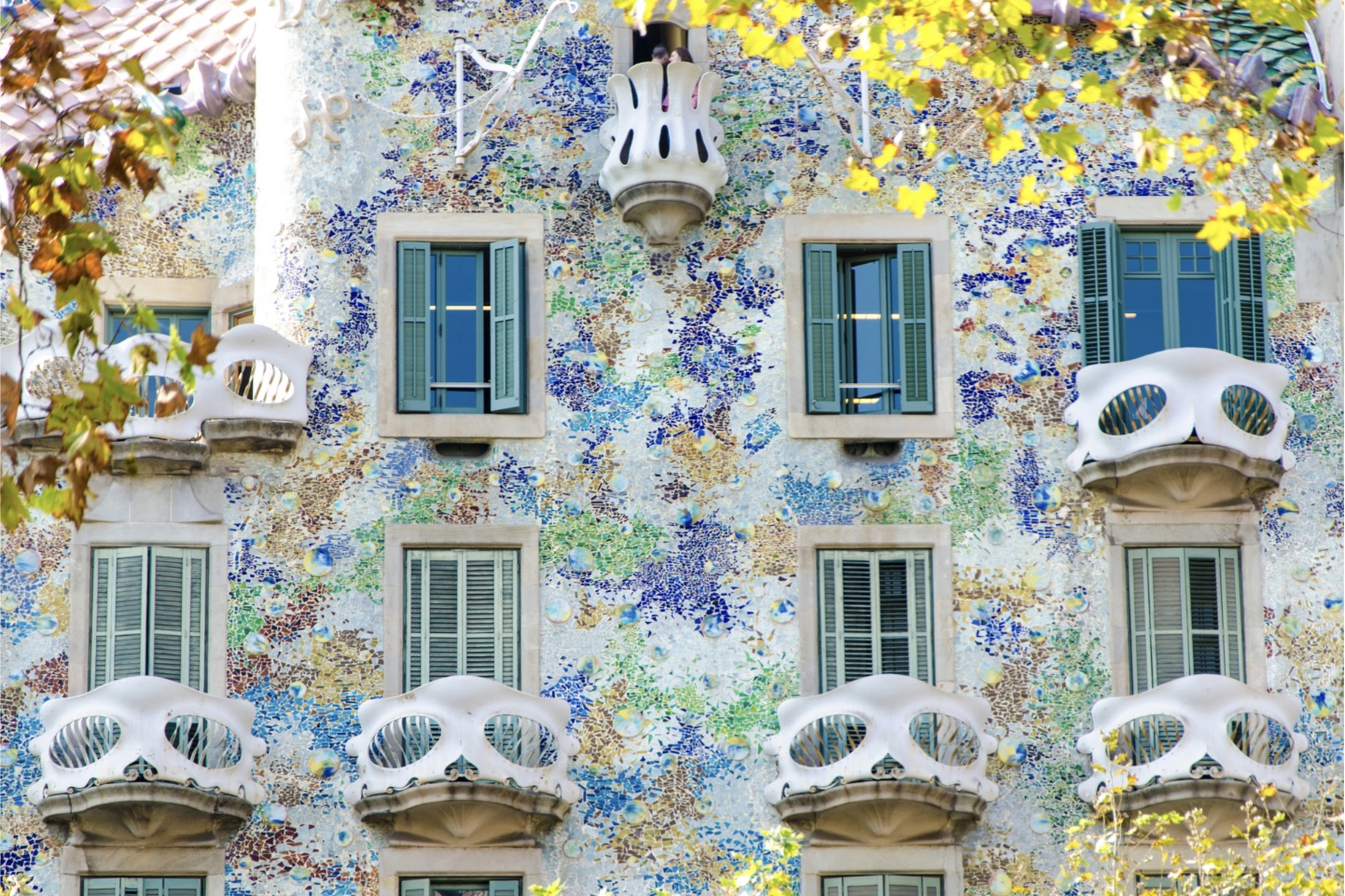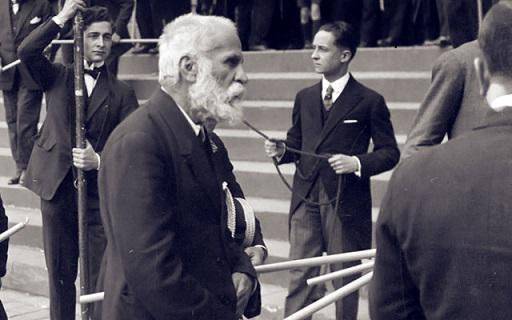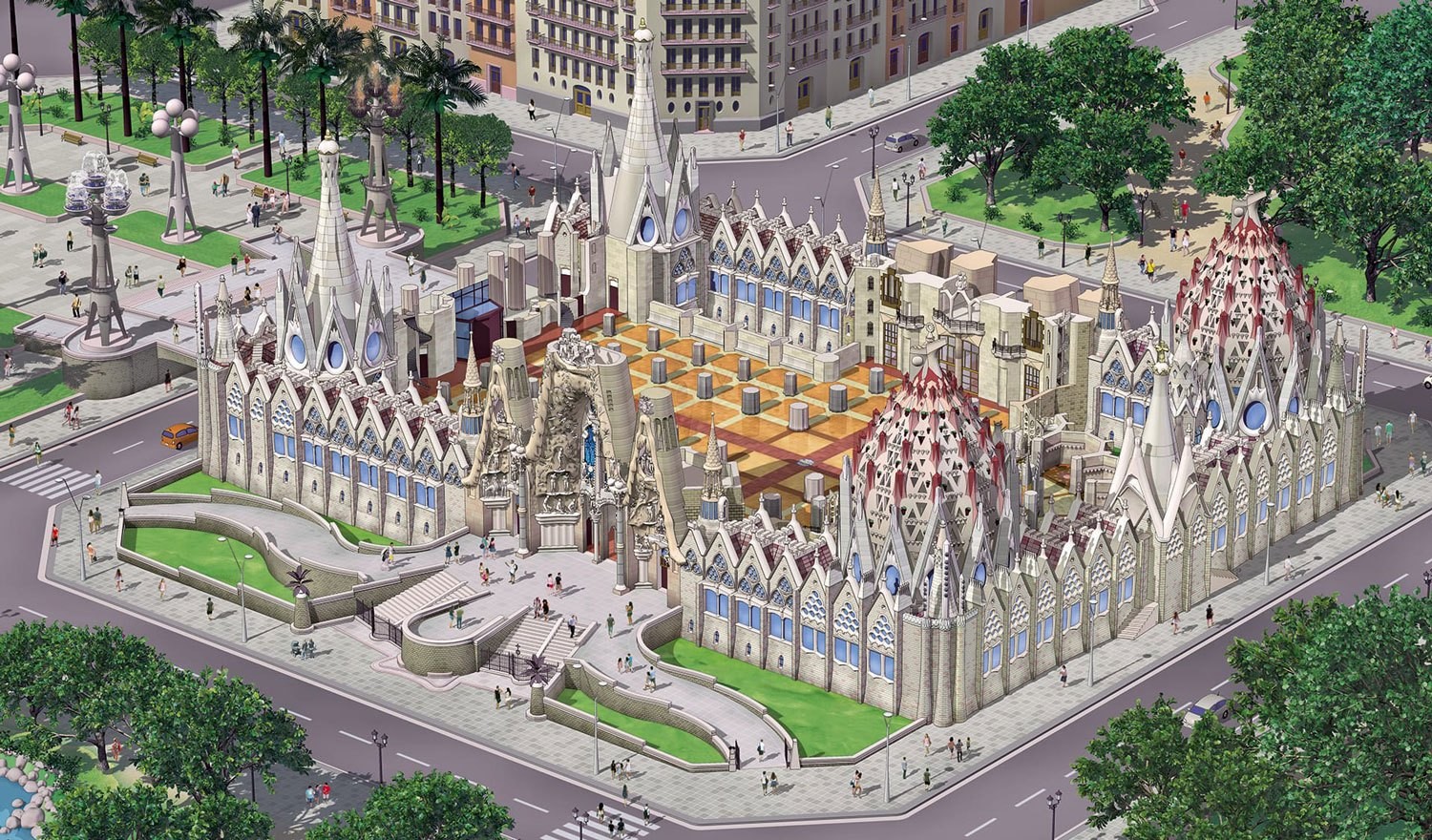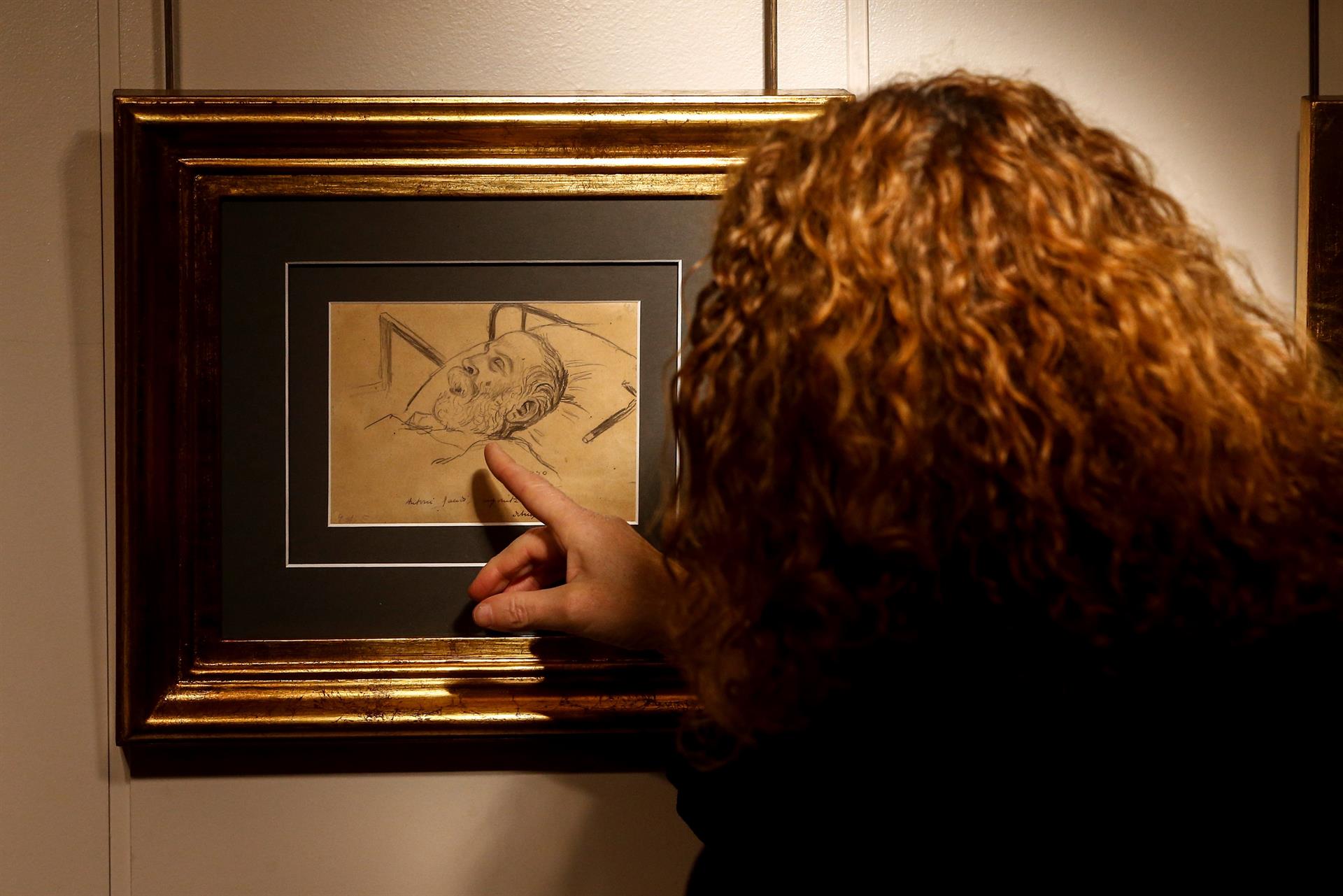Not all Gaudí’s work is famous: the overlooked mosaic
While Antoni Gaudí is celebrated for his grand masterpieces like the Sagrada Família and Park Güell, not all his works receive the same recognition. Tucked away from the bustling tourist paths lies one of his lesser-known creations, hidden within the church of Sant Pacià in the Sant Andreu neighborhood of Barcelona. This piece, while not as famous as his iconic structures, showcases Gaudí's early creative genius.
- Related to Gaudí
Inside the church of Sant Pacià, visitors can find a mosaic floor designed by a young Gaudí in the late 19th century. The artwork, made from marble and sandstone, features intricate floral motifs and the alpha and omega symbols, representing the beginning and end. The church itself, designed by Joan Torras Guardiola in 1879, was one of Gaudí’s early projects after completing his studies. The mosaic decorates the central aisle and the crossing, adding a touch of Gaudí’s signature style to this otherwise modest setting.
The mosaic at Sant Pacià reflects Gaudí’s ability to infuse beauty into even the most understated elements. It demonstrates his meticulous attention to detail and his deep understanding of symbolism. The presence of the alpha and omega symbols not only adds a religious significance but also highlights Gaudí’s inclination towards integrating spiritual themes into his works.
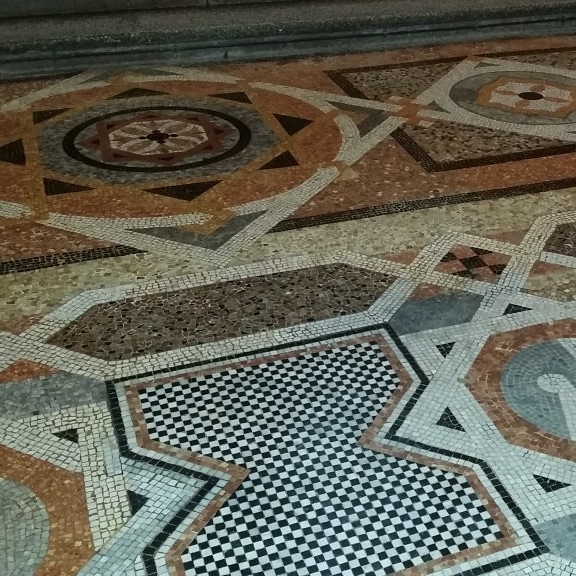

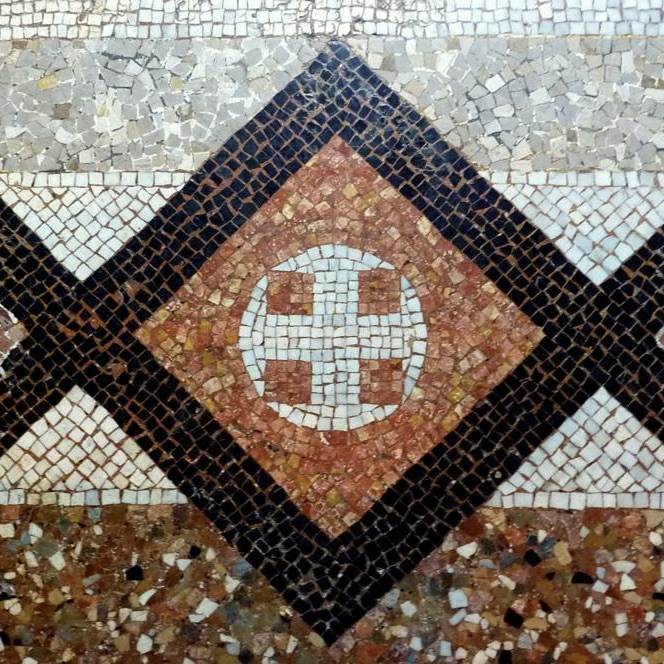
Off the beaten path
Unlike Gaudí’s more renowned sites, the church of Sant Pacià remains relatively unknown, offering a peaceful retreat from the crowded tourist spots. It provides an intimate look at Gaudí’s early works, allowing visitors to appreciate the full spectrum of his artistic development. The location’s quiet ambiance contrasts sharply with the usual hustle of Gaudí’s popular attractions, offering a more reflective experience for those exploring his legacy.
For those interested in discovering this hidden masterpiece, the church of Sant Pacià is accessible via the L1 metro line, near the Fabra i Puig station. This site offers a unique opportunity to explore a lesser-known aspect of Gaudí’s work, providing insight into his artistic evolution and his contributions to religious architecture.

